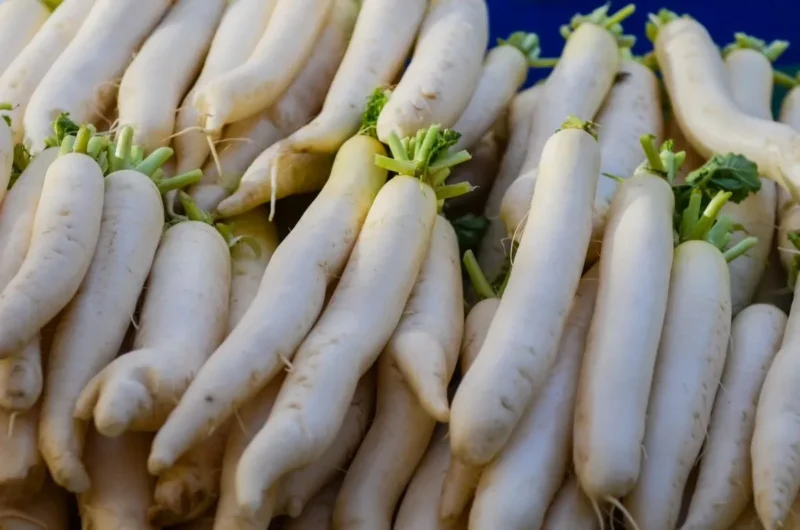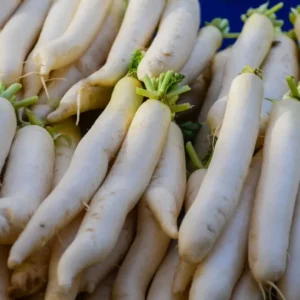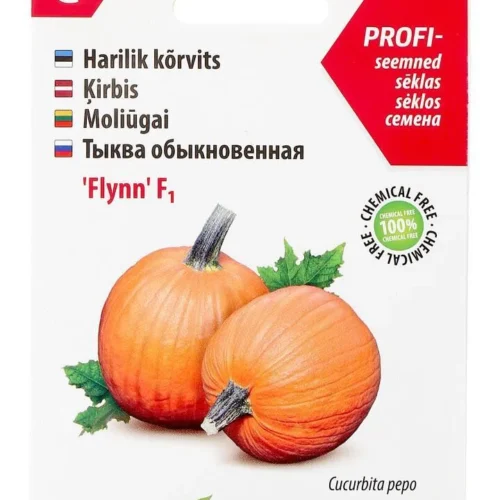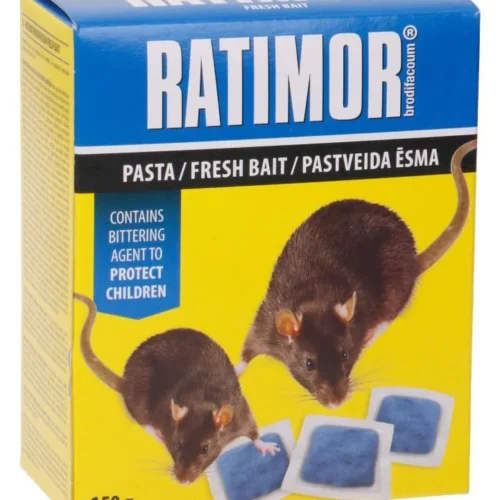Kesaredis or Japanese radish or daikon is a fast-growing, non-wintering cruciferous. Excellent catch culture. A large and strong main root growing deep into the soil, which helps to reduce soil compaction. Binds nutrients from deeper soil layers. Quickly grows large green foliage, which is why it is a good suppressor of weeds. Cruciferous catch crops reduce pathogens in the soil. Kesaredis perishes at constant frosts, the plant decays in winter and leaves the soil loose. Do not sow radishes, turnips and other crops belonging to the cruciferous family (the gap should be at least 3 years).
Manual
200g is enough for sowing 400 m2.
The cultivation of catch crops has different purposes. Catch crops improve soil fertility, reduce nutrient leaching, prevent weeds from growing, improve soil structure, and reduce soil-borne diseases. When grown as green manure, catch crops add nutrients to the soil. Combined use is also possible – plants grown as a cover crop are introduced into the soil as a green fertilizer. Catch crops help to maintain soil health and reduce the spread of pests without chemical control.
How to grow catch crops
If the main crop – strawberry, cabbage, potatoes or whatever plant you mainly grew – has borne fruit and been picked up, sow a catch crop. It is necessary to sow tightly so that a large biomass is formed. For better germination, sowing can be covered with a covering veil. The catch crop remains on the bed for the winter, he does not need to be picked up from the bed. Dig in the catch crop before sowing the next main crop or cover with compost or soil. This is how natural green fertilizer is formed from the catch crop.
A wintering catch crop is dug in, which would begin to grow again in the spring.




















